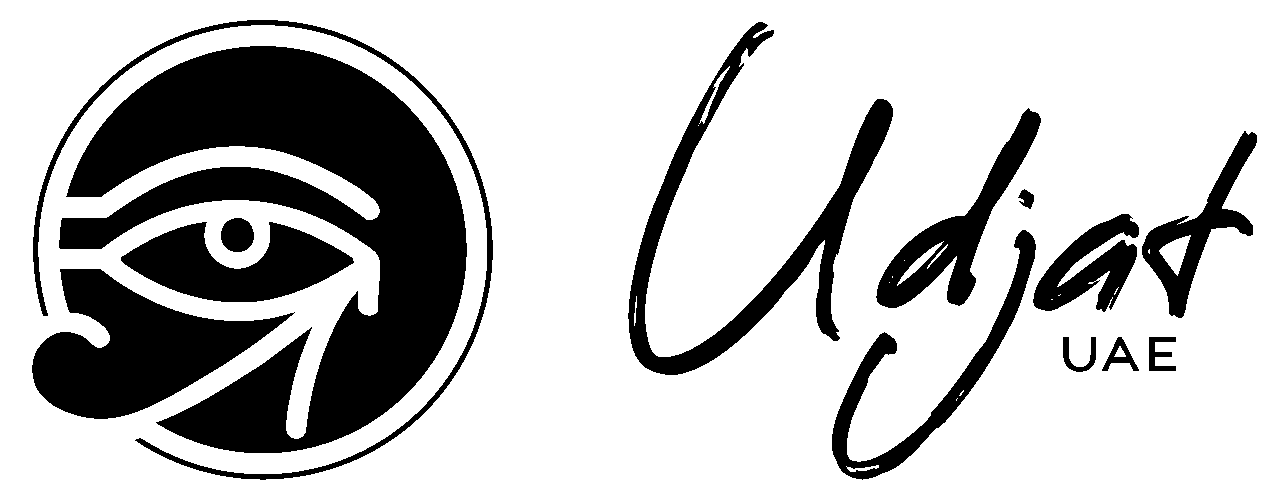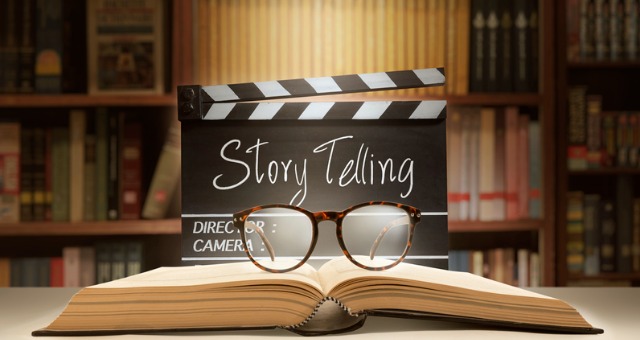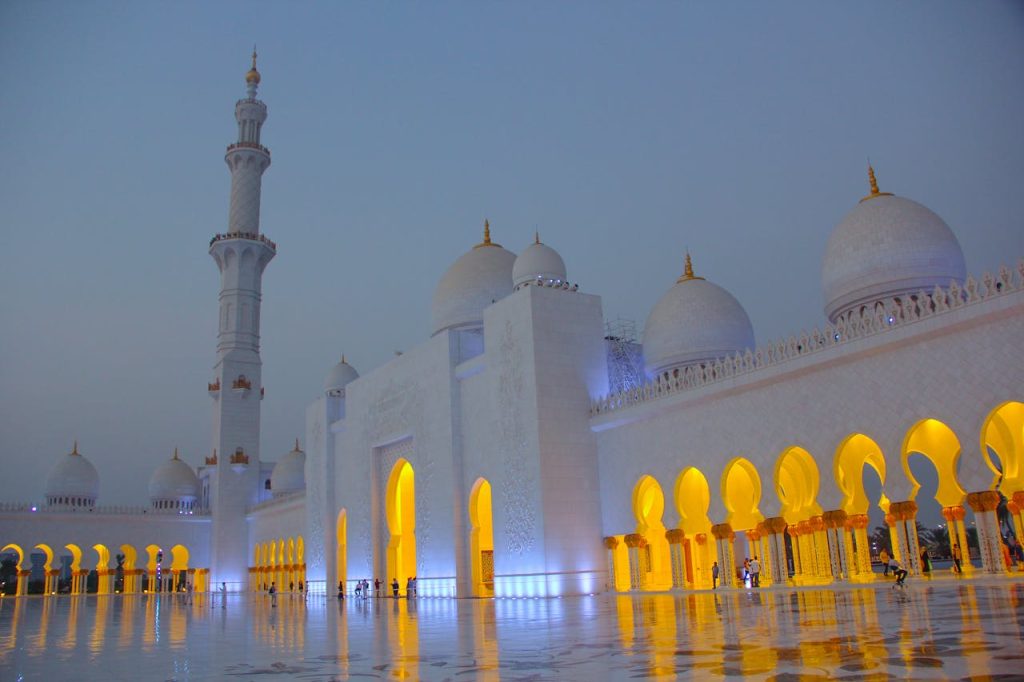Let me hit you with a brutal truth.
If your brand isn’t telling a story in the UAE market, you’re not just losing attention—you’re invisible.
People don’t wake up wanting another sales pitch.
They don’t crave your brochure. They don’t dream about your logo.
They want meaning. Emotion. Relevance.
They want a story that makes them feel something—then makes them buy something.
And here’s the kicker: the story isn’t about you.
It’s about them.
It’s about the transformation you deliver, not the features you flaunt.
So let’s stop treating storytelling like some soft, fluffy side dish.
It’s the main course.
In fact, it’s the knife, the fork, and the secret sauce all rolled into one.
Why Storytelling in the UAE Isn’t a Tactic—It’s the Battlefield
We’re living in a market that’s louder, faster, and more chaotic than ever.
Everyone’s shouting: “We’re the best.” “Trusted by thousands.” “We care.”
That’s wallpaper.
And people scroll past wallpaper.
But tell a story?
Tell a story about a tired father in Abu Dhabi who missed his daughter’s birthday because of a last-minute meeting—and how your solution gave him his evenings back?
Now we’re in business.
Emotion sticks. Features don’t.
This is neuroscience. Not poetry.
History Break: The Brand That Told a Better Story and Won
Let’s rewind to the 1980s.
Nike wasn’t the biggest. They weren’t the cheapest. They weren’t even the first.
But they did something their competitors didn’t:
They told a story about human potential.
It wasn’t about shoes.
It was about grit. Glory. Getting back up after getting knocked down.
It was “Just Do It”—three words that told a thousand stories.
That’s how they built a billion-dollar empire.
Not with discounts. With drama.
Now bring that to the UAE—where markets are aspirational, status-driven, and emotionally fueled?
Storytelling isn’t optional.
It’s the engine of connection.
Your Brand Story Isn’t About You—It’s About the Customer’s Journey
Here’s where most brands mess this up.
They talk about themselves:
“We’ve been around since 2005.”
“We use advanced technology.”
“We’re passionate about excellence.”
Who cares?
Your customer isn’t Frodo, waiting to hear about Gandalf’s résumé.
They’re the hero. You’re the guide.
So structure your story like this:
There’s a problem. (Chaos, confusion, lost time, pain.)
There’s a guide. (You.)
There’s a plan. (Simple, believable, repeatable.)
There’s transformation. (Before → After.)
That’s how humans have consumed stories since the beginning of time.
From ancient Arab poets in the majlis to Netflix series on your iPhone—it’s always the same structure.
Real UAE Example: The Restaurant That Went Viral Without Saying “We’re Tasty”
There’s a small Emirati fusion restaurant in Sharjah that exploded on TikTok.
Not because of its logo. Not because of its ingredients.
But because it told the story of its founder—a mother of three who lost her job during COVID and started cooking from her home kitchen.
They didn’t post menus.
They posted memories. Laughter. Struggles. Burnt recipes and breakthroughs.
People didn’t buy the food.
They bought the narrative.
Today? Waiting list. Every weekend. Sold out.
Where to Use Storytelling in Your Brand (If You Want to Actually Sell)
1. Your About Page Isn’t an Essay. It’s Act One.
Tell the story of why you started, what you believe, and the moment you knew you had to fix this for others.
Use real words, not corporate fluff.
2. Your Social Media? That’s Your Micro-Series.
Behind-the-scenes clips. Client wins. Lessons learned.
If your posts don’t feel like a scene from a larger story, they’re just noise.
3. Your Ads? They’re Mini-Movies.
Instead of: “Get 10% Off Laser Hair Removal”
Try: “Her wedding was in 3 weeks. She had no time to waste. Here’s what happened.”
Same product. Different story. Different result.
The Science Behind Why Storytelling Works
Let’s get nerdy for a second.
When you hit your audience with a story, their brain releases oxytocin—the chemical of trust and connection.
When you list specs and features?
You get crickets.
Your brain has been trained for thousands of years to pay attention to stories.
You either use that—or you fight human nature and lose.
Storytelling in Arabic? Even More Powerful.
Arabic is a language built for storytelling.
Rhythmic. Poetic. Full of emotion and nuance.
Want to really connect with Khaleeji, Levantine, or North African audiences?
Tell their story in their dialect.
Use metaphors they grew up hearing. Use phrases their grandmother might say.
It’s not just marketing.
It’s belonging.
And belonging is the fastest path to the wallet.
Final Word: Facts Tell. Stories Sell.
Look—
Storytelling isn’t decoration.
It’s not the cherry on top.
It’s the main dish.
The brands that win in the UAE?
They don’t just sell products or services.
They sell meaning.
They create narratives.
They move hearts before they move credit cards.
And that’s not art. That’s science.
So here’s the formula:
✅ Stop pitching.
✅ Start guiding.
✅ Speak human.
✅ Stir emotion.
✅ Sell transformation.
Because if your story doesn’t move your customer, your offer never will.
Author

He's a talented Project Director @Brightery, studied in different colleges and working with Udjat UAE as CMO, writes in Project Management, Marketing, Digital Marketing and technical software development.







What do you think?
Great article, thank you.